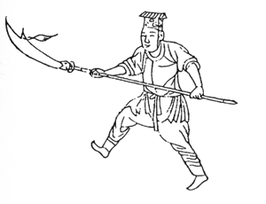
Gyeongbokgung Palace was the royal palace of the Joseon dynasty. The palace is more than 600 years old, and was built in 1395, which is even before the Western world’s discovery of North America.
It is the largest of five grand-palaces in Korea, and is located less than a mile away from “The Blue House”, which is the office and residence of South Korea’s presiding president.
History

The palace remained in use for 200 years after construction until it was almost entirely destroyed by invading Japanese forces during the Imjin War (the war for which famed Korean naval commander Yi Sun-sin is known) in the 1590s. It was abandoned, and stayed abandoned for 200 years until all 7,700 rooms of the palace were restored by Prince Regent Heungseon.
In the early 20th century, Imperial Japan again destroyed most of the structure (all but ten), and erected the Japanese Government-General Building directly in front of the throne hall. It is still gradually being restored to its former glory today
Rooms & Halls

“Geunjeongjeon”, the official name of the Imperial Throne room inside of Gyeongbokgung, is one of the few buildings to survive both the Japanese rule of Colonial Korea, and the Korean War.

Just about every room in this palace complex has a tongue-twister title; this image is of “Sajeongjeon Hall”, The Executive Office, which is part of Gyeongbokgung Palace’s “Oejeon” (outer court). It was the reception hall where the king met with his officials and presided over meetings.
To the east and west of Sajeongjeon Hall were Manchujeon Hall and Cheonchujeon Hall, which were two auxiliary buildings. They even had heated floors!
The series of small rooms in front of the executive office were titled according to Chinese characters in “The Thousand Character Text”, and were used for storing goods.
Events and Virtual Tour
Gyeongbokgung has a very lively changing of the guard ceremony. The ceremony includes traditional Korean garments, instruments, and weapons, including the “Woldo”, which is the bladed weapon that looks like a scimitar with a dewclaw on the end of a long stick.

image of man wielding a woldo
This video does a quick overview tour of the palace and the purposes of the various rooms and halls
sources: